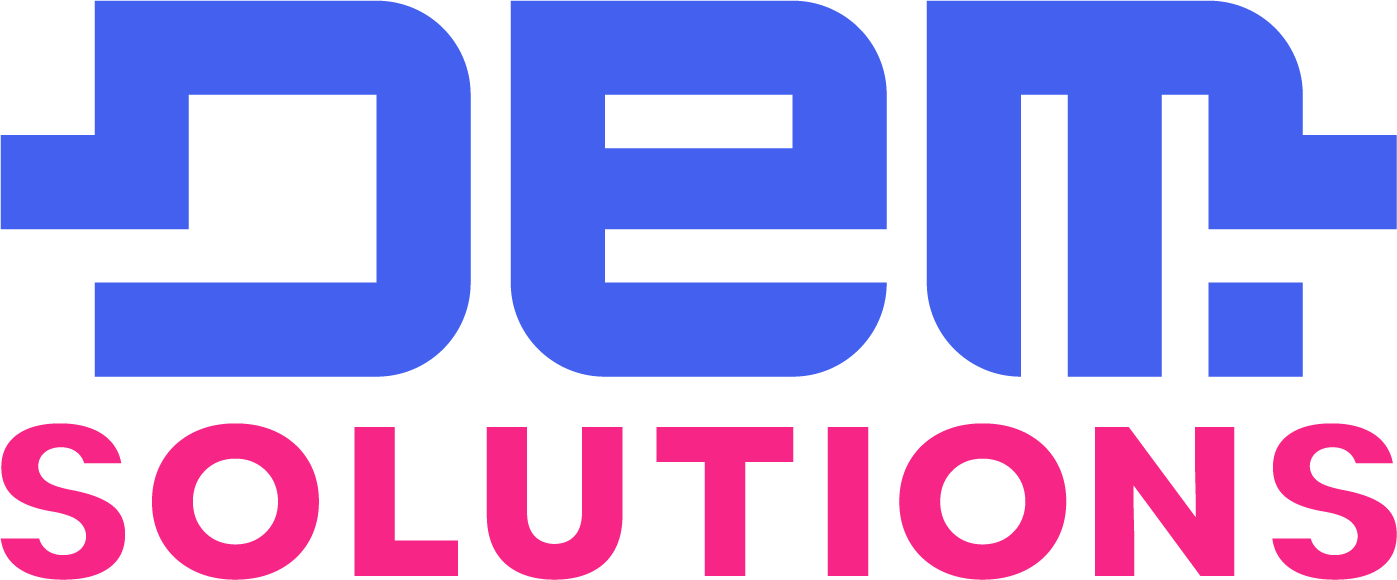The insurance sector has witnessed a transformative shift in recent years, driven by the rapid adoption of innovative technologies collectively known as insurtech. This revolution merges traditional insurance practices with advanced digital solutions to meet the evolving demands of consumers and businesses. With tools like artificial intelligence (AI), blockchain, the Internet of Things (IoT), and big data analytics, insurtech has set new benchmarks for efficiency, personalization, and transparency in the industry.
Enhancing Risk Assessment and Customer-Centric Solutions
Traditional risk assessment models often relied on broad demographic factors, leading to generalized insurance policies. Insurtech has upended this approach by integrating real-time data analysis, enabling a more personalized and accurate evaluation of risk. IoT devices such as connected cars, wearable health trackers, and smart home systems have been instrumental in this change. These devices provide insurers with actionable insights into individual behaviors, allowing for tailored policies and dynamic pricing models.
For instance, telematics-based auto insurance rewards safe driving behaviors with reduced premiums, while wearable health devices encourage wellness by linking healthy activities to lower insurance costs. This customer-centric approach not only enhances satisfaction but also aligns policyholder incentives with healthier lifestyles and safer practices.
The rise of mobile apps and AI-powered chatbots has further transformed customer interactions. Insurers now provide 24/7 support, instant policy adjustments, and seamless claims filing processes, all at the fingertips of users. These advancements eliminate the need for cumbersome paperwork and lengthy processing times, creating a frictionless experience for policyholders.
Revolutionizing Claims Management and Fraud Prevention
Claims processing, historically a bottleneck for insurers, has been significantly streamlined through automation and AI-driven solutions. Insurtech innovations enable instant damage assessments using image recognition technology, reducing the time required to evaluate and settle claims. For example, drones are increasingly deployed to inspect disaster-affected areas, providing high-resolution data that accelerates the claims process.
AI also plays a pivotal role in fraud detection. By analyzing large volumes of claims data, machine learning algorithms identify unusual patterns or inconsistencies, flagging potentially fraudulent activities. This proactive approach minimizes losses due to fraud, ensuring that genuine claims are prioritized and resolved more efficiently.
Blockchain technology further enhances claims transparency and security. With its immutable ledger system, blockchain ensures that all transactions and data exchanges are securely recorded and easily auditable. Smart contracts powered by blockchain automatically trigger payouts when predetermined conditions are met, reducing manual intervention and potential disputes.
Expanding Possibilities with Ecosystem Collaboration
Insurtech’s success is rooted in collaboration between traditional insurers, tech startups, and other stakeholders. This ecosystem approach fosters innovation and enables insurers to expand their offerings. Peer-to-peer insurance platforms, for example, allow groups of individuals to pool their resources and share risks, democratizing access to insurance products.
Parametric insurance is another promising innovation driven by insurtech. Unlike traditional policies, parametric insurance relies on predefined parameters to trigger payouts. For instance, weather-related insurance automatically compensates policyholders when specific conditions, such as excessive rainfall or hurricane intensity, are met. These models simplify the claims process, providing faster relief to affected individuals and businesses.
Looking ahead, insurtech innovations promise to make insurance more inclusive, efficient, and responsive to the complexities of modern life. From personalized policies to seamless digital interactions, the integration of technology into the insurance landscape is not merely an enhancement—it’s a transformation that redefines the industry’s core principles.


